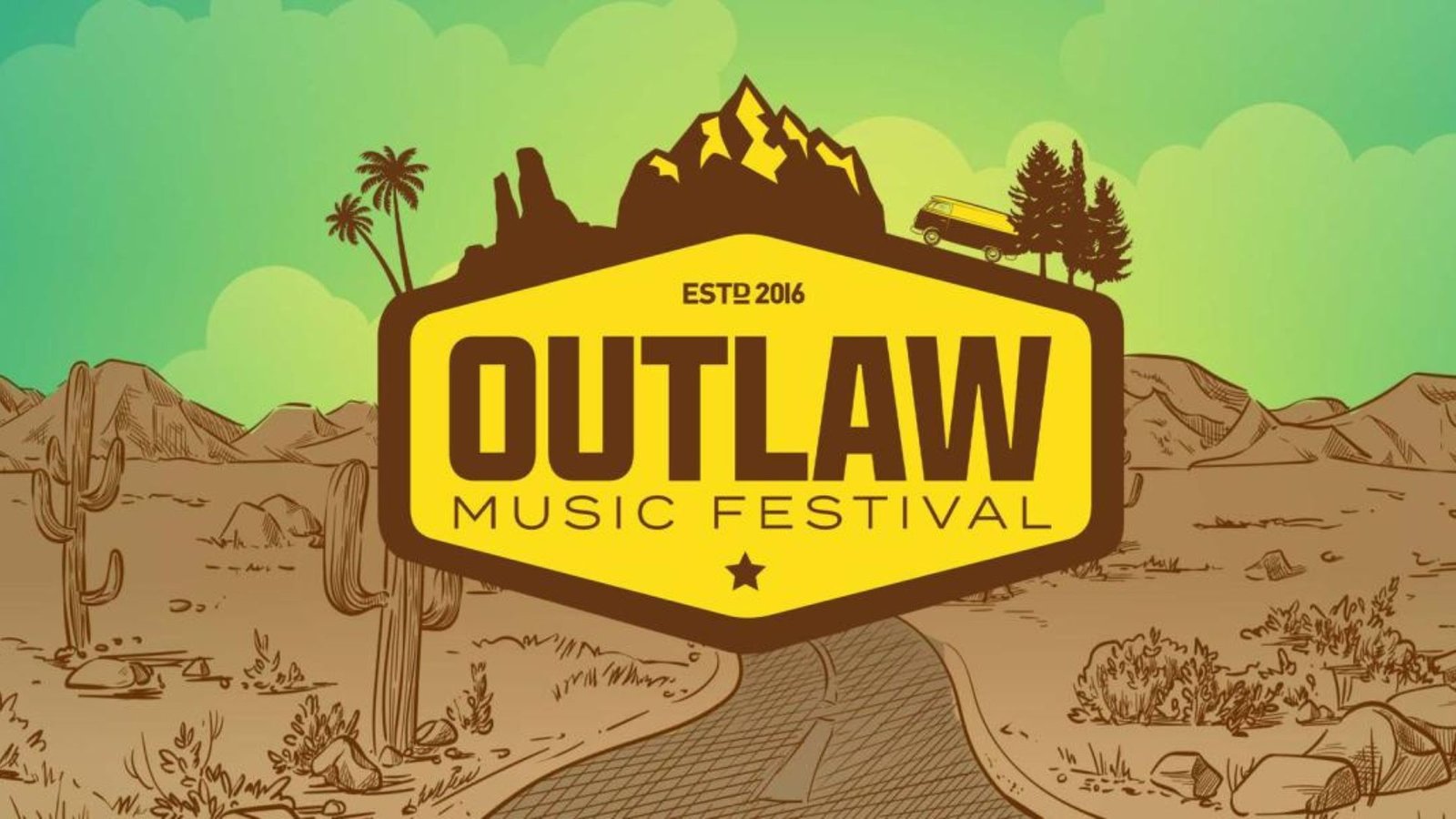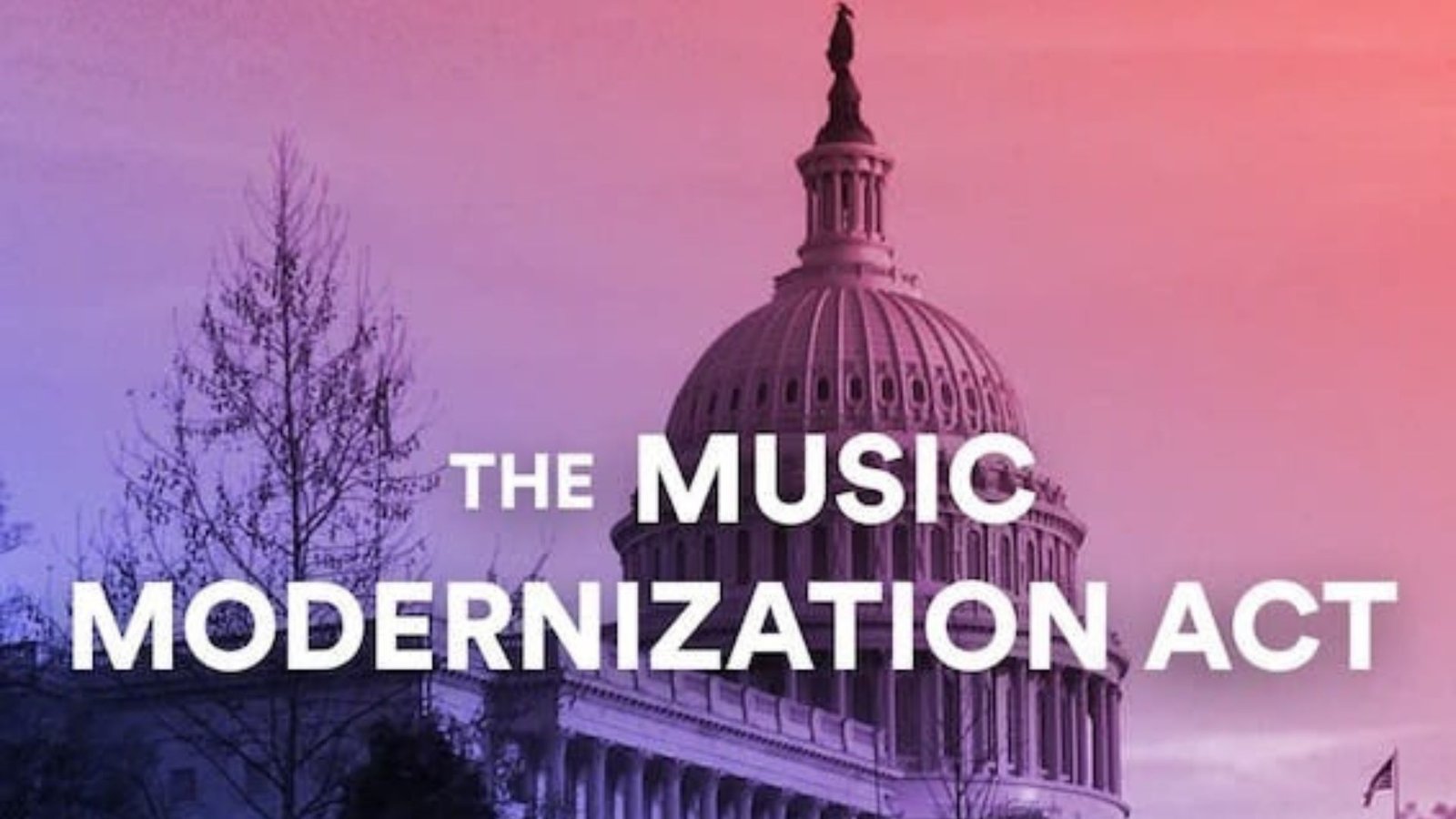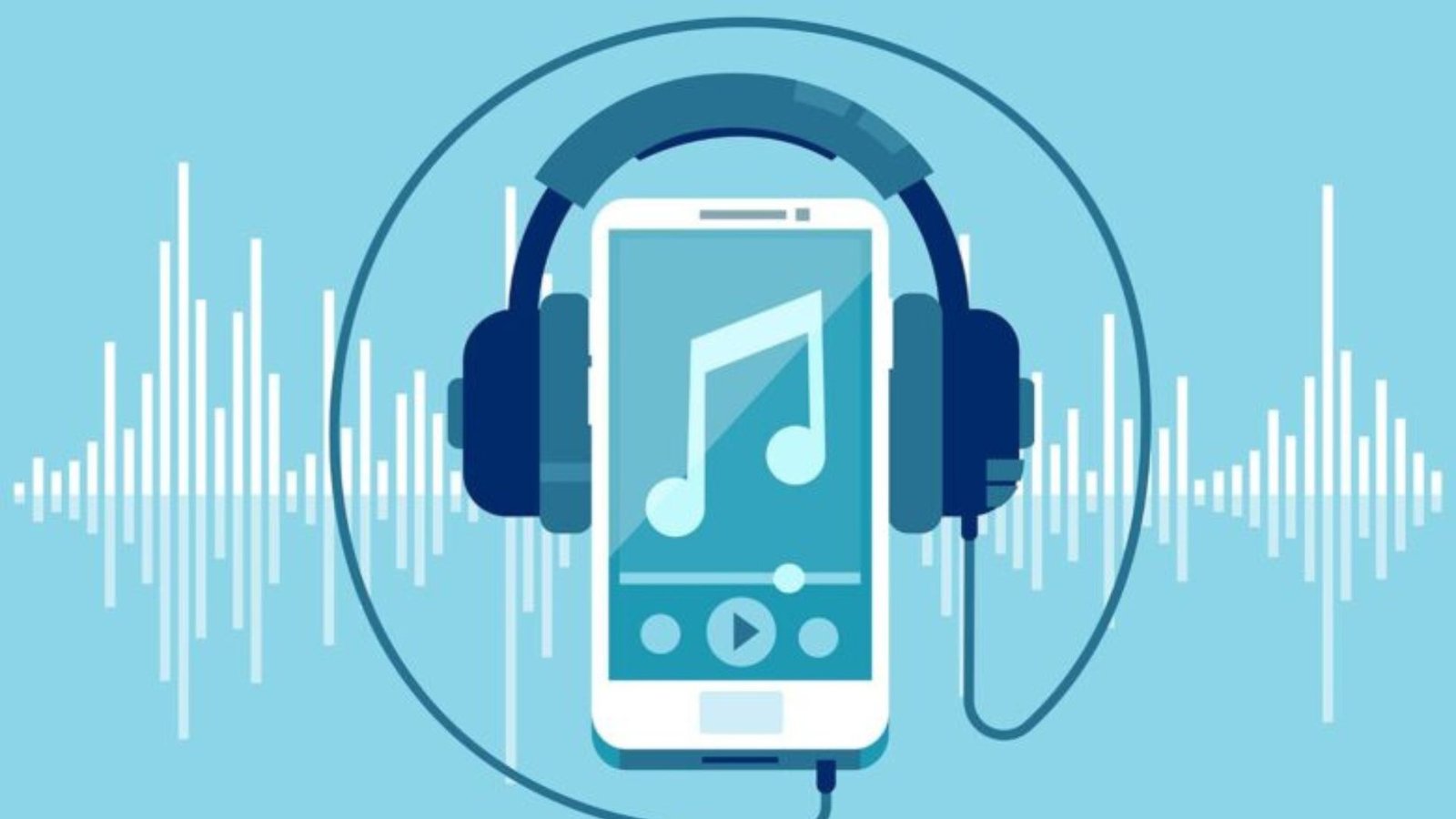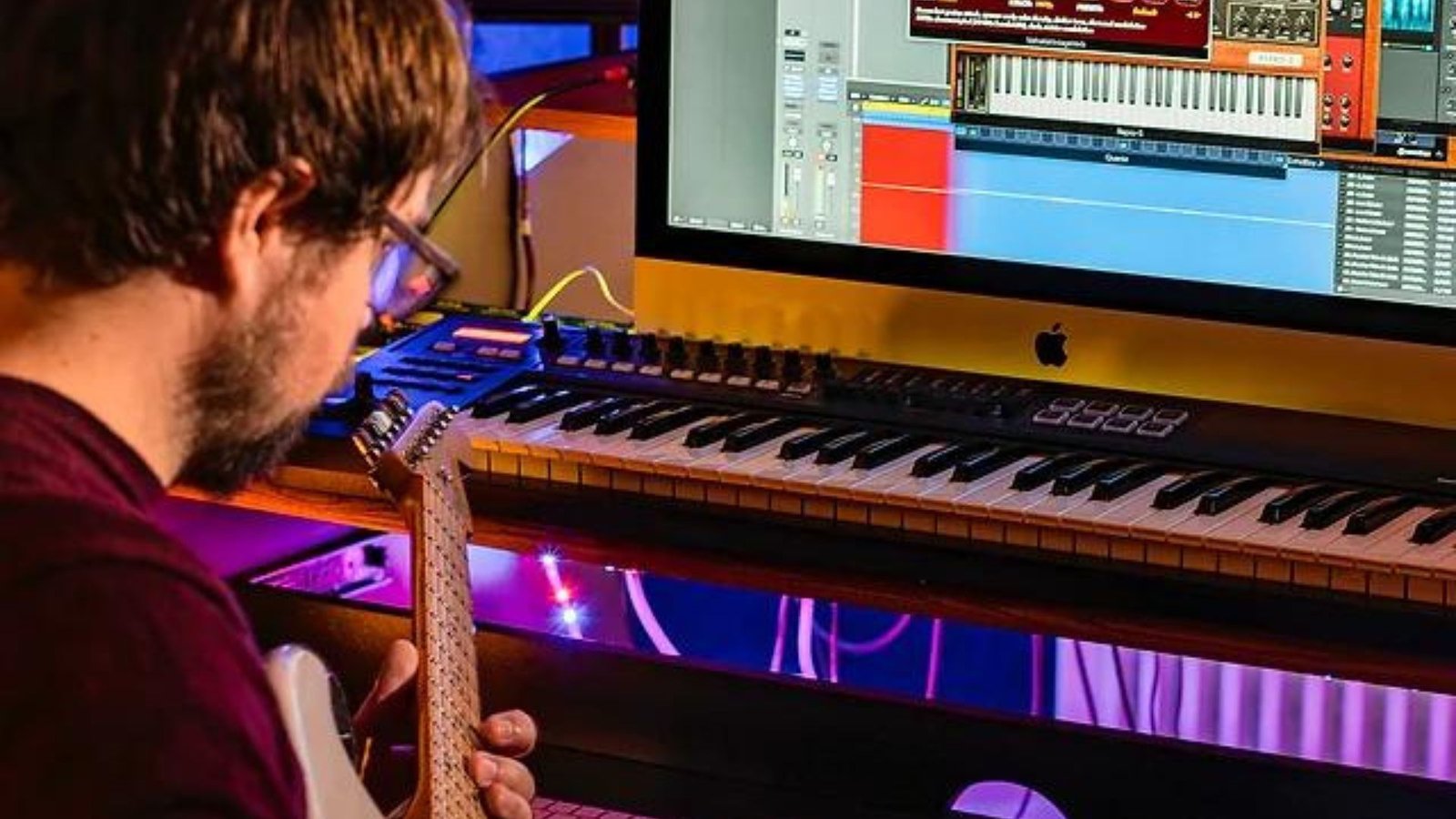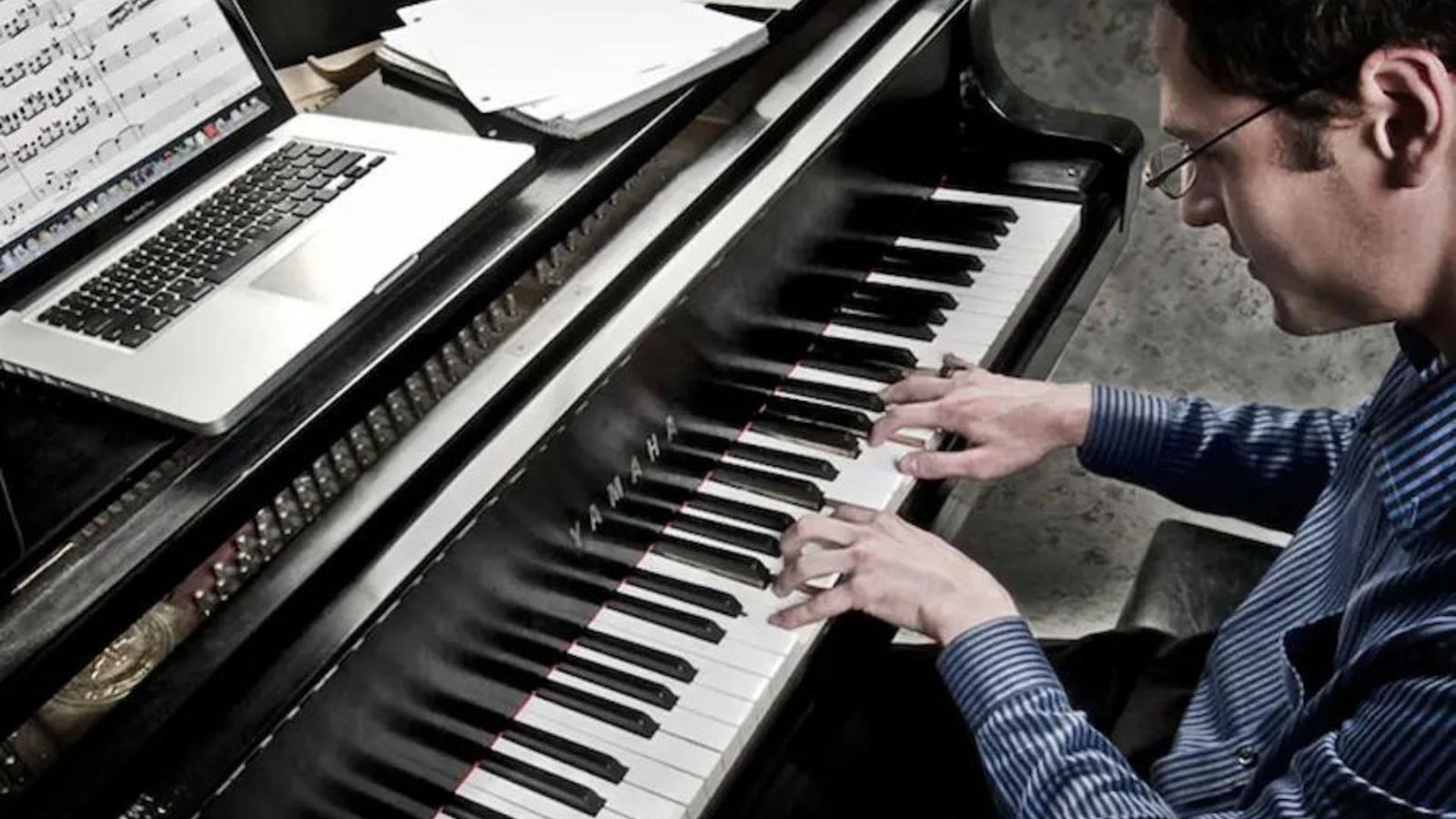Country music is a genre rich in history, storytelling, and passionate artists. Its deep roots in American culture have expanded worldwide, captivating millions of listeners. Over time, many exceptional artists have emerged, each bringing something special to the stage. In this article, we’ll look at the top 10 country music artists who have left an undeniable mark globally, combining legacy, talent, and influence.

Top 10 Country Music Artists Around the World
What to Know About Country Music Artists
Country music stands out for its heartfelt storytelling and emotional depth. From its origins in the rural southern United States, it has evolved to include elements of pop, rock, and folk, but still retains its unique soul. Artists like Johnny Cash and Dolly Parton paved the way for others to experiment while staying grounded in the genre’s traditional values. Meanwhile, modern stars like Carrie Underwood and Luke Bryan continue to elevate the genre with fresh perspectives and captivating performances.
The best country music artists have established themselves through consistency, dedication, and connecting deeply with fans through their music. They not only entertain but often advocate for causes, making them trusted figures beyond the world of music.
Top 10 Country Music Artists
1. Dolly Parton
Dolly Parton is more than just a country singer—she’s a cultural icon. With over 50 years in the industry, her legacy extends beyond music to acting, philanthropy, and even literacy efforts through her Imagination Library. Known for hits like “Jolene” and “9 to 5,” Dolly’s influence has reached millions globally. Her down-to-earth personality and dedication to social causes, like childhood education, make her a figure of trust and admiration. Few artists have reached her level of recognition, both in and out of country music.
2. Garth Brooks
Garth Brooks revolutionized country music by blending it with elements of rock and pop. He is one of the best-selling solo artists of all time, thanks to chart-toppers like “Friends in Low Places” and “The Dance.” Brooks is known for his incredible live performances, where he engages the audience in ways that leave lasting memories. His approachability and consistent advocacy for charitable causes, including disaster relief, cement his reputation as a trustworthy and authoritative figure in the industry.
3. Carrie Underwood
Carrie Underwood skyrocketed to fame after winning American Idol in 2005, and she hasn’t looked back since. Known for her powerful vocals and emotional depth, Carrie’s discography includes hits like “Before He Cheats” and “Jesus, Take the Wheel.” Beyond music, she has become an advocate for animal rights and disaster relief. Her involvement in these causes, paired with her musical achievements, has made her one of the most reliable and respected voices in country music today.
4. Johnny Cash
Few artists have had as much impact on country music as Johnny Cash. Known as the “Man in Black,” Cash’s deep, resonant voice and ability to tell profound stories through songs like “Ring of Fire” and “I Walk the Line” have cemented him as a true legend. His music touches on themes of love, hardship, and redemption, resonating with fans of all generations. Despite his passing in 2003, his work continues to inspire both new and established artists, proving his timelessness.
5. Luke Bryan
Luke Bryan is a modern star in country music known for his lively performances and relatable lyrics. Songs like “Country Girl (Shake It for Me)” and “Play It Again” have made him very popular with fans. Luke often brings his personal experiences into his music, connecting deeply with listeners. As a judge on American Idol, his charismatic personality further solidifies his role as a trusted and authoritative figure in the country music world.
6. Miranda Lambert
Miranda Lambert is known for her bold lyrics, soulful voice, and advocacy for causes like animal rescue. Songs like “The House That Built Me” and “Gunpowder & Lead” showcase her ability to mix vulnerability with strength, making her relatable to many fans. Miranda’s dedication to her craft and her humanitarian work, including founding the MuttNation Foundation, have earned her a reputation as a credible and beloved figure in country music.
7. Keith Urban
Keith Urban brings an international flavor to country music with his Australian roots. His ability to blend country, pop, and rock has made him a global sensation.Songs like “Blue Ain’t Your Color” and “Somebody Like You” show how flexible and talented he is. He is also known for his exceptional guitar skills and high-energy performances. Keith’s personal story, including his advocacy for sobriety, has earned him respect not only as an artist but as a role model.
8. Shania Twain
Shania Twain is the queen of country-pop crossover. With popular songs like “Man! I Feel Like a Woman!” and “You’re Still the One,” she has become famous around the world. Her ability to mix catchy pop beats with country melodies helped shape the modern sound of the genre. Shania’s influence goes beyond just country music, making her one of the most successful female artists in any genre. She remains an influential figure for aspiring female musicians worldwide.
9. Brad Paisley
Brad Paisley is known for his wit, storytelling, and incredible guitar skills. His songs, such as “Mud on the Tires” and “Whiskey Lullaby,” demonstrate his versatility and dedication to country music. With his light-hearted humor and sincere lyrics, Brad has built a devoted fanbase. He consistently supports causes like disaster relief efforts and is admired for his contributions both musically and charitably.
10. Kacey Musgraves
Kacey Musgraves brings a fresh, modern twist to country music. Her critically acclaimed album Golden Hour earned her multiple Grammy Awards, and her lyrics often explore themes of love, self-acceptance, and societal issues. Kacey’s ability to address modern themes while staying true to country roots makes her a standout artist. Her music has made waves not just in the country scene but in pop culture as well.
Conclusion
In conclusion, country music boasts a long list of exceptional artists, each bringing their sound and perspective to the genre. From timeless legends like Johnny Cash and Dolly Parton to today’s stars like Carrie Underwood and Kacey Musgraves, these artists continue to shape the world of country music. Their ability to connect with fans, both musically and personally, is a testament to their expertise and influence in the genre.
FAQs
1. Who is the most famous country music artist?
Dolly Parton is, without a doubt, one of the most famous country music artists ever. Her incredible career and philanthropy make her a beloved icon worldwide.
2. Who are today’s top country artists?
When it comes to modern stars, Carrie Underwood, Luke Bryan, and Kacey Musgraves are certainly leading the country music scene. Moreover, each artist brings a unique style that resonates with fans globally.
3. Why is Johnny Cash a legend?
Johnny Cash became a legend primarily for his deep voice and storytelling in songs like “Ring of Fire.” Furthermore, his ability to connect with listeners set him apart from other artists.
4. How did Garth Brooks influence country music?
Garth Brooks influenced country music by blending rock and pop with traditional sounds, which significantly expanded its appeal. Additionally, his many hit songs continue to resonate with fans of all ages.
5. What makes Carrie Underwood stand out?
Carrie Underwood stands out mainly for her powerful voice, but also for hit songs like “Before He Cheats.” Moreover, her emotional performances make a lasting impression on fans everywhere.
6. What else is Dolly Parton famous for?
Aside from her music career, Dolly Parton is also famous for her philanthropy, especially her Imagination Library, which gives free books to children. In addition, she continues to inspire through her charitable efforts.
7. How did Shania Twain change country music?
Shania Twain changed country music by blending pop with country, which made her one of the best-selling female artists ever. As a result, she opened doors for more crossover success in the genre.
8. What sets Miranda Lambert apart?
Miranda Lambert stands apart not only for her bold lyrics but also for her advocacy for animal rights. Additionally, her emotional storytelling connects deeply with her fans.
9. Who is the best live performer in country music?
Without a doubt, Garth Brooks is famous for his energetic and unforgettable live shows. His performances often leave fans talking about them long after the concert ends.
10. How has Keith Urban changed country music?
Keith Urban has changed country music by bringing an international touch, especially through his unique blend of country and rock. Furthermore, his amazing guitar skills continue to draw fans from around the world.



